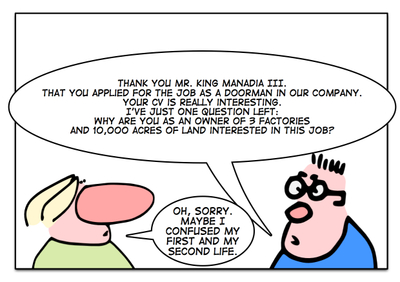 Every now and then I come across a blogger trying to give advice to PR experts on pitching and communicating with bloggers. Recently my colleague Hilary posted a video on her blog featuring one of those guys. What was interesting to me is that he advised PR people to give their products to bloggers for testing if they want their pitch to work.
Every now and then I come across a blogger trying to give advice to PR experts on pitching and communicating with bloggers. Recently my colleague Hilary posted a video on her blog featuring one of those guys. What was interesting to me is that he advised PR people to give their products to bloggers for testing if they want their pitch to work.Freebies are not uncommon when it comes to selling your story to the journalists, but there is always the question of where to draw the line in terms of the value of the gift.
Last year Microsoft gave Acer Ferarri laptops to 90 influential tech bloggers, which cost over $2000 at that time. The rationale behind this was to help the bloggers accelerate their evaluation of Windows Vista. While some bloggers were more then happy to believe that (it is worth 2000 bucks after all), others thought of it as a bribe and got extremely offended. David Pogue, The New York Times tech blogger was outraged, and said on his blog:
 “You don’t keep $2,200 gifts from the subject of your review. You might think you can still write an impartial review, but it’s highly unlikely-and either way, nobody will believe it.”
“You don’t keep $2,200 gifts from the subject of your review. You might think you can still write an impartial review, but it’s highly unlikely-and either way, nobody will believe it.” Along with this comment, Pogue summarised Microsoft’s history of bribing journalists and even editing Wikipedia entries to their advantage. He ended his post by calling the Microsoft PR team Machiavellis.
Whereas he seems to think that journalism ethics should apply to bloggers too, others have a different take on this subject.
Those who are offended by this freebie started talking about the bribe instead of Microsoft’s new product, and the story reached conventional media. So, if you’re tempted to be the little devil on the blogger’s shoulder, think again.



